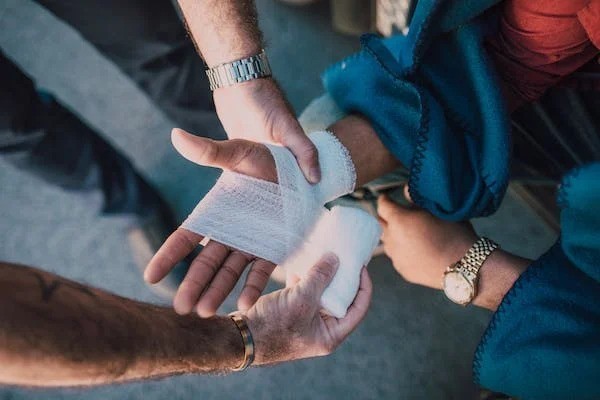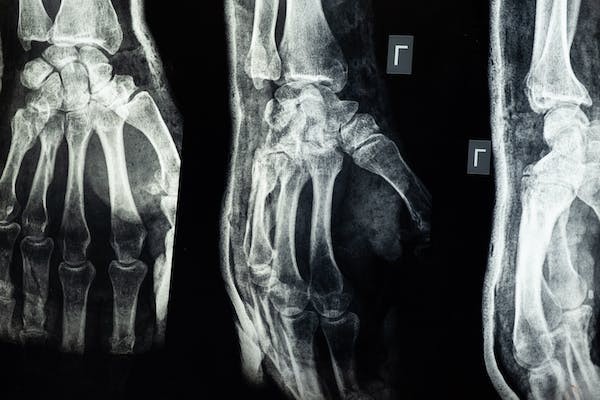views

Workplace injuries can be a profoundly challenging and distressing experience for employees, often presenting unexpected hurdles that range from minor incidents to more severe situations. Workers must be acutely aware of the necessary steps to take if they find themselves injured on the job. This comprehensive article will serve as your guide, walking you through the key actions and considerations that are imperative to ensure your well-being and address the aftermath of a workplace injury. By understanding and proactively addressing the intricacies of this process, employees can not only safeguard their health but also navigate the complex landscape of workplace injuries with confidence.

Understanding Your Rights
The initial and fundamental step after sustaining a workplace injury is to thoroughly comprehend your rights as an employee. Take the time to familiarize yourself with the company's policies, scrutinize your employment contract, and delve into the relevant labor laws governing your jurisdiction. This knowledge is a powerful tool, empowering you to make informed decisions about seeking medical attention and reporting the incident. An intimate understanding of your rights forms the bedrock for the subsequent steps you need to take to navigate the aftermath of a workplace injury successfully.
Immediate First Aid and Medical Attention
In the immediate aftermath of an injury, it is paramount to prioritize your well-being. If the injury is severe, seek emergency medical attention promptly to ensure that any potential complications are addressed urgently. For injuries of a less severe nature, it's essential to administer basic first aid or seek assistance from a colleague. This proactive approach not only mitigates the immediate impact of the injury but also contributes significantly to a faster and more effective recovery process.

Reporting the Incident
Regardless of the severity of the injury, the next crucial step is to report the incident to your supervisor or employer as expeditiously as possible. Providing a detailed account of what transpired, including the time, location, and any contributing factors, is of utmost importance. This meticulous documentation serves a dual purpose – it ensures your well-being by initiating the necessary steps for medical intervention and lays the groundwork for any potential workers' compensation claims that might arise as a result of the incident.
Workers' Compensation Process
Once the incident is reported, the subsequent step involves navigating the intricate process of workers' compensation. Employers are typically mandated to have insurance that covers medical expenses and lost wages resulting from work-related injuries. Your active participation in this process, cooperation with documentation requirements, and attendance at necessary medical evaluations are pivotal to ensure a smooth compensation process that not only addresses the immediate aftermath of the injury but also safeguards your financial well-being during the recovery period. You can also talk to an experienced work injury compensation lawyer who can help you make the most of your case and get the compensation you deserve.

Rehabilitation and Recovery
After seeking initial medical attention and initiating the workers' compensation process, the focus inevitably shifts to the critical phases of rehabilitation and recovery. Adhering to the recommendations of your healthcare provider for treatment and rehabilitation exercises is paramount. This period demands conscientious effort and commitment to the prescribed regimen, ensuring a comprehensive recovery and minimizing the potential for any long-term effects that might impede your ability to return to your regular responsibilities in the workplace.
Returning to Work
As you progress in your recovery, the next phase involves discussing a structured return-to-work plan with your employer. This plan may encompass modified duties or a phased return to your regular responsibilities. Engaging in open communication with your employer during this period is key to ensuring a smooth transition back into the workplace. By communicating openly about any potential limitations you may experience during the recovery period, you not only contribute to your successful return but also foster an environment that prioritizes employee well-being and accommodates individual needs.

Preventing Future Injuries
Using the experience of a workplace injury as a proactive opportunity is essential. Beyond recovery, working collaboratively with your employer to reassess and enhance safety measures becomes imperative. Identifying potential gaps in safety protocols and actively participating in the implementation of preventative measures is not just a personal responsibility but a collective one. This proactive approach not only benefits you individually but also contributes significantly to a safer work environment for all employees, reducing the likelihood of similar incidents in the future.
Experiencing a workplace injury unfolds as a complex and multifaceted journey, demanding a comprehensive understanding of the intricacies involved. However, taking the right steps is not just crucial; it becomes an indispensable element for your well-being and the shaping of future work experiences. By doing everything mentioned here and making the most of these ideas, you can effectively navigate the aftermath of a workplace injury. This comprehensive approach ensures that your journey through this challenging period is marked by resilience, empowerment, and a commitment to fostering a safer and healthier work environment for everyone involved.






















Comments
0 comment